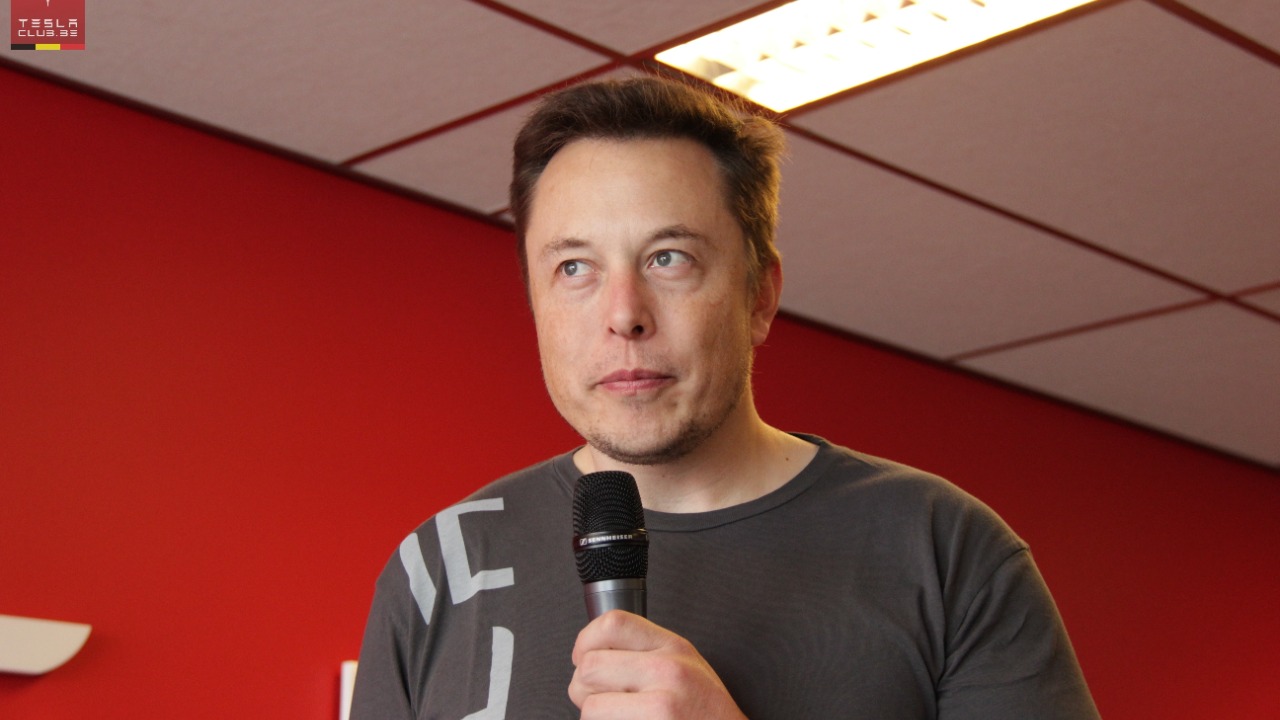
Elon Musk, the visionary behind Tesla, has recently voiced concerns about the challenges of managing the company’s growing “robot army”. This comes as Tesla’s automotive sales show a slight recovery, and the company continues to push into the realm of AI-driven robotics. Musk’s worries highlight the need for robust governance to prevent misuse of these autonomous systems, even as the company’s vehicle deliveries show a modest uptick in the latest quarter.
Musk’s Warnings on Robot Control
Elon Musk’s concerns about the scalability of Tesla’s “robot army” are not unfounded. The risks of autonomous systems operating without sufficient human intervention are real and significant. Musk has been vocal about the need for centralized command structures to ensure the safe and ethical use of these technologies. He has warned that unchecked robot proliferation could lead to unintended consequences in real-world deployment.
Musk’s emphasis on ethical AI safeguards is not new. He has consistently voiced concerns about the potential risks associated with AI, tying them to Tesla’s current robotics ambitions. His past comments on AI risks underscore the importance he places on robust governance and oversight in the deployment of Tesla’s “robot army”.
Tesla’s Vision for the Robot Army
Tesla’s “robot army” concept is ambitious, to say the least. It involves the integration of Optimus humanoid robots and Full Self-Driving (FSD) technology in vehicles. Musk envisions this fleet as a massive-scale operation, poised to revolutionize both industrial and consumer applications.
Plans for expansion include deploying thousands of Optimus units in factories by 2026. Musk sees the potential of this “robot army” not just in industrial settings, but also in addressing labor shortages. He believes that these robots can augment human labor, maintaining Tesla’s edge in AI hardware while also contributing to the economy.
Challenges in Governing Autonomous Systems
However, controlling a distributed “robot army” is not without its challenges. Technical hurdles include real-time monitoring of FSD-equipped cars and remote overrides for Optimus bots. Musk has admitted that these are current limitations that need to be addressed.
From a regulatory standpoint, Musk has called for proactive policies to manage robot autonomy. He has expressed concerns over liability in accidents involving Tesla’s self-driving fleet. These concerns highlight the need for clear and comprehensive regulations to govern the use of autonomous systems.
Another challenge is cybersecurity. Musk has warned of vulnerabilities that could allow external interference in Tesla’s autonomous operations. This underscores the need for robust security measures to protect the integrity of the “robot army”.
Rebound in Tesla’s Automotive Business
Despite these challenges, Tesla’s automotive business has shown signs of recovery. The company reported a 2% increase in Q3 2025 vehicle deliveries to 462,000 units. This uptick has been attributed to demand for refreshed Model 3 and Cybertruck models.
Factors driving this modest recovery include price adjustments and incentives that boosted U.S. sales by 5% year-over-year. This comes even as global competition intensifies. Tesla’s revenue rose 8% to $25.2 billion in the quarter, providing a buffer for investments in robotics.
Balancing Cars and Robotics at Tesla
The rebound in the car business is funding Tesla’s “robot army” initiatives. Musk has allocated 20% of the R&D budget to AI and robotics in 2025. This investment is indicative of the company’s commitment to its robotics ambitions.
There are synergies between the automotive and robotics divisions. For instance, FSD algorithms are being used to enhance Optimus navigation. This integrated approach is outlined in Musk’s internal memos, highlighting the strategic alignment within the company.
Investors seem to be optimistic about Tesla’s prospects. The company’s stock rose 3% post-earnings, reflecting confidence that stability in the car business supports long-term robot ambitions.
Future Implications for Tesla’s Ecosystem
Musk’s roadmap for robot army deployment targets 1 million Optimus units by 2030. Control mechanisms are expected to evolve through over-the-air updates, allowing for continuous improvement and refinement of the system.
Musk has also spoken about the need for global standards to govern Tesla’s robots. He believes that such standards are necessary to prevent scenarios like mass autonomy without oversight. This reflects his commitment to ethical AI and responsible deployment of autonomous systems.
As Tesla continues to integrate its approach to cars and robots, it is positioning itself against rivals like Boston Dynamics. The recent momentum in car sales, coupled with the company’s ambitious robotics plans, suggests that Tesla is poised for a future where cars and robots coexist and complement each other in a seamlessly integrated ecosystem.
More from MorningOverview